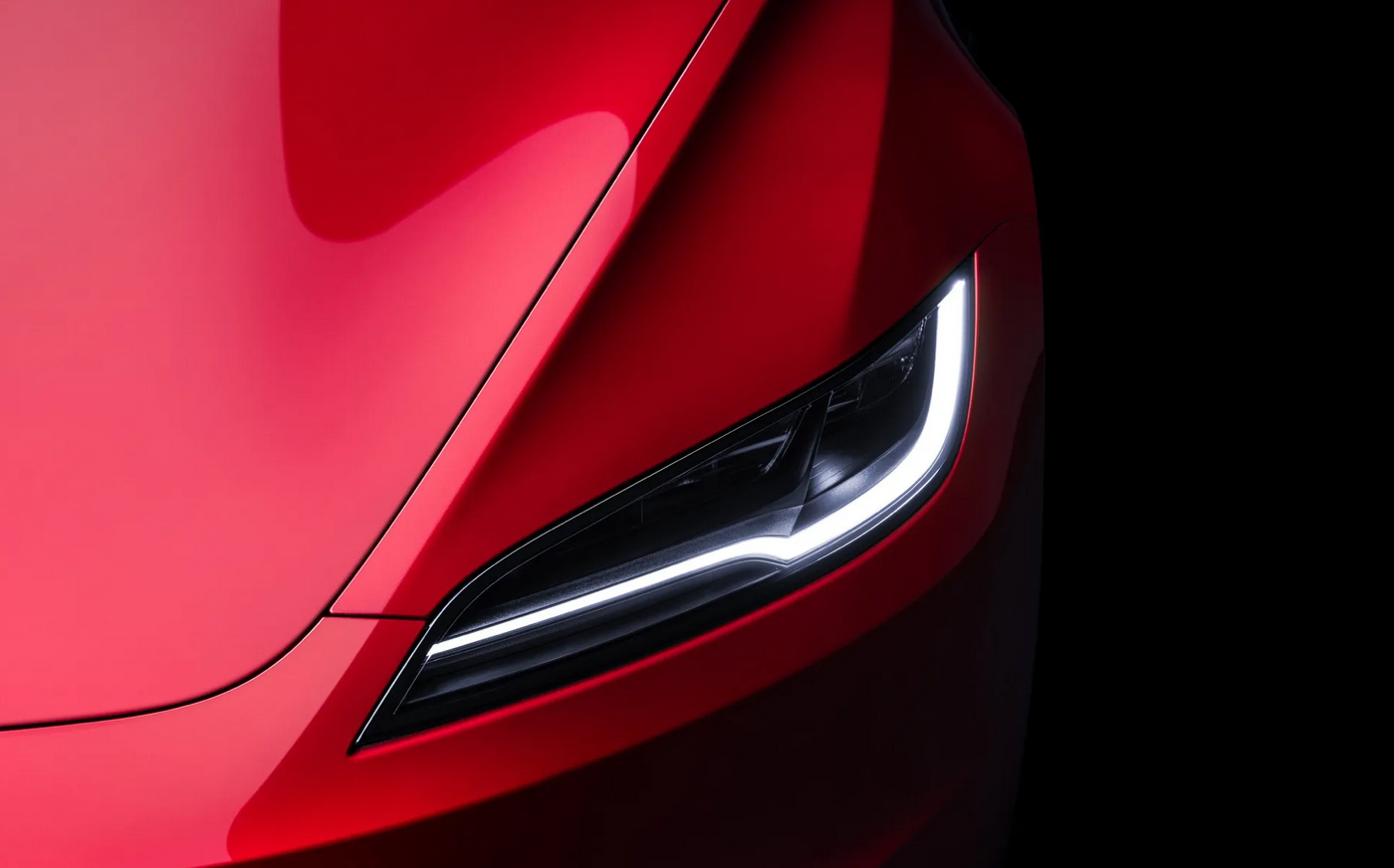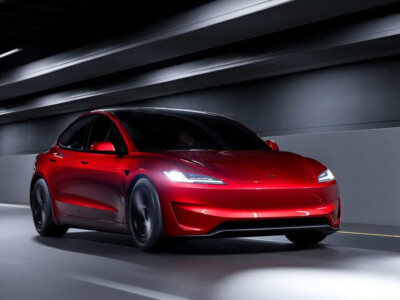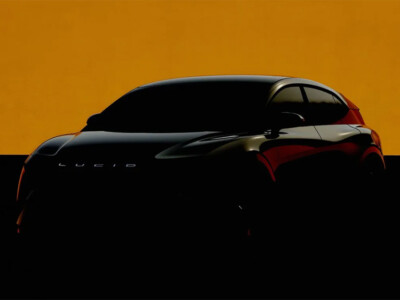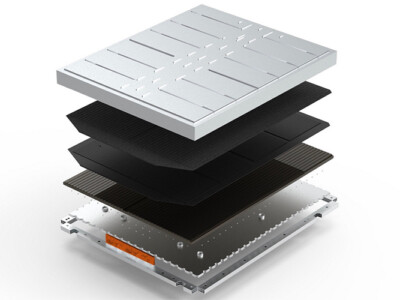

Tesla has taken a significant step toward the future of electric mobility by patenting a wireless charging system for its electric vehicles. This move suggests that the company, led by Elon Musk, is advancing the commercialization of a technology that has been speculated about for several years and could revolutionize how users charge their cars.
The patent application was discovered by SETI Park, a user on the social media platform X (formerly known as Twitter). Tesla filed the application on February 2, and it was published by the World Intellectual Property Organization (WIPO) on September 6. The patent describes an inductive charging system, a technology that allows electricity to be transferred wirelessly, using a coil connected to a power source that transmits energy to another coil installed in the electric vehicle. This method is currently the most advanced solution for wireless charging.
Tesla’s interest in wireless charging is not new. In March 2023, during an investor presentation, the company showcased a slide featuring a wireless charging platform located beneath a Model S parked in a garage. Despite this presentation, at the time, Tesla provided no details on when, or even if, it planned to offer this technology to its customers.
Just a few months later, indications surfaced that Tesla had acquired Wiferion, a German company specializing in wireless charging technology. This move was widely covered by media outlets focused on automotive technology, although Tesla issued no official statement about the acquisition nor confirmed specific plans to integrate Wiferion’s technology into its vehicles.
Wireless charging offers numerous advantages, particularly in terms of convenience for drivers. With this technology, electric vehicle owners wouldn’t have to worry about physically connecting their cars to a power outlet. They would simply park the vehicle over a charging platform, and the system would handle the rest. This ease of use could be a decisive factor for many potential electric vehicle buyers, who increasingly value convenience and automation in their user experiences.
Moreover, this technology has broader strategic implications for Tesla. Wireless charging could play a crucial role in the operation of future autonomous vehicles, such as the robotaxis that Elon Musk has mentioned on various occasions as part of Tesla’s future. The ability to automatically recharge vehicles without human intervention could significantly improve the efficiency of these autonomous vehicles, maximizing their operating time and, consequently, their revenue-generating potential.
Despite the possibilities this technology offers, so far, only WiTricity, a pioneering company in the wireless charging field, has managed to bring it to market in electric vehicle applications. Currently, WiTricity’s technology is available outside of China in the Genesis GV60, marketed in South Korea. However, Tesla’s entry into this space could accelerate the widespread adoption of wireless charging, pushing for its implementation in more models and markets.
The key question now is whether Tesla will publicly release this technology in the near future. Given the innovative strategy the company has followed thus far, the possibility of wireless charging becoming a standard feature in Tesla’s vehicles may not be too far off. The newly revealed patent, combined with the acquisition of Wiferion, suggests that Tesla is charting a clear path toward a future where charging electric vehicles is easier and more efficient than ever.







